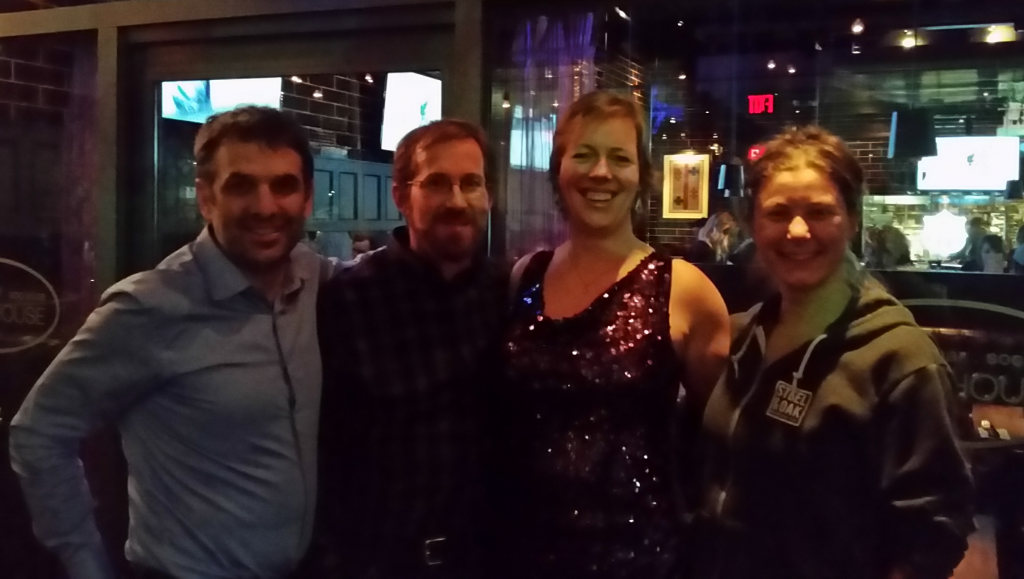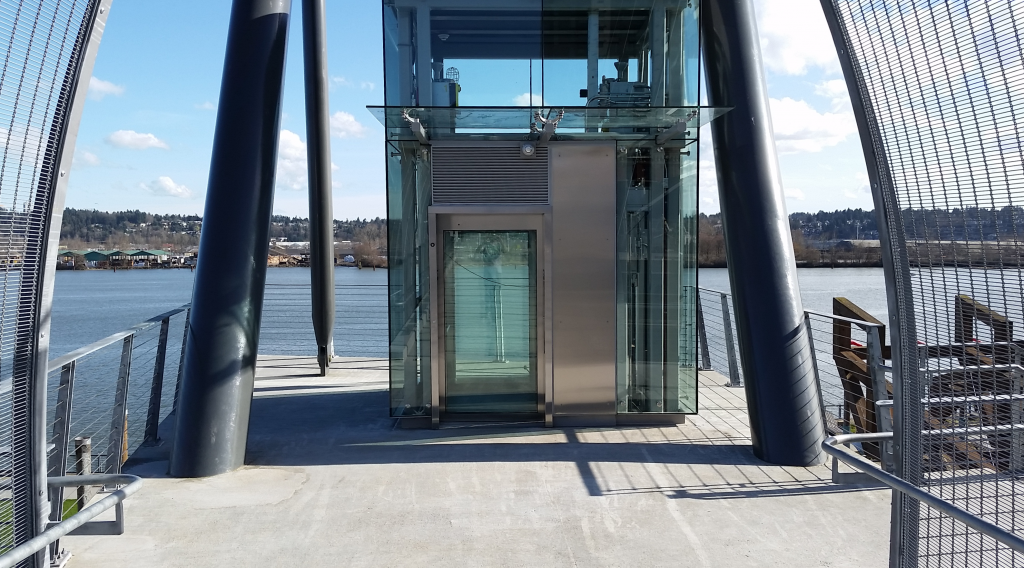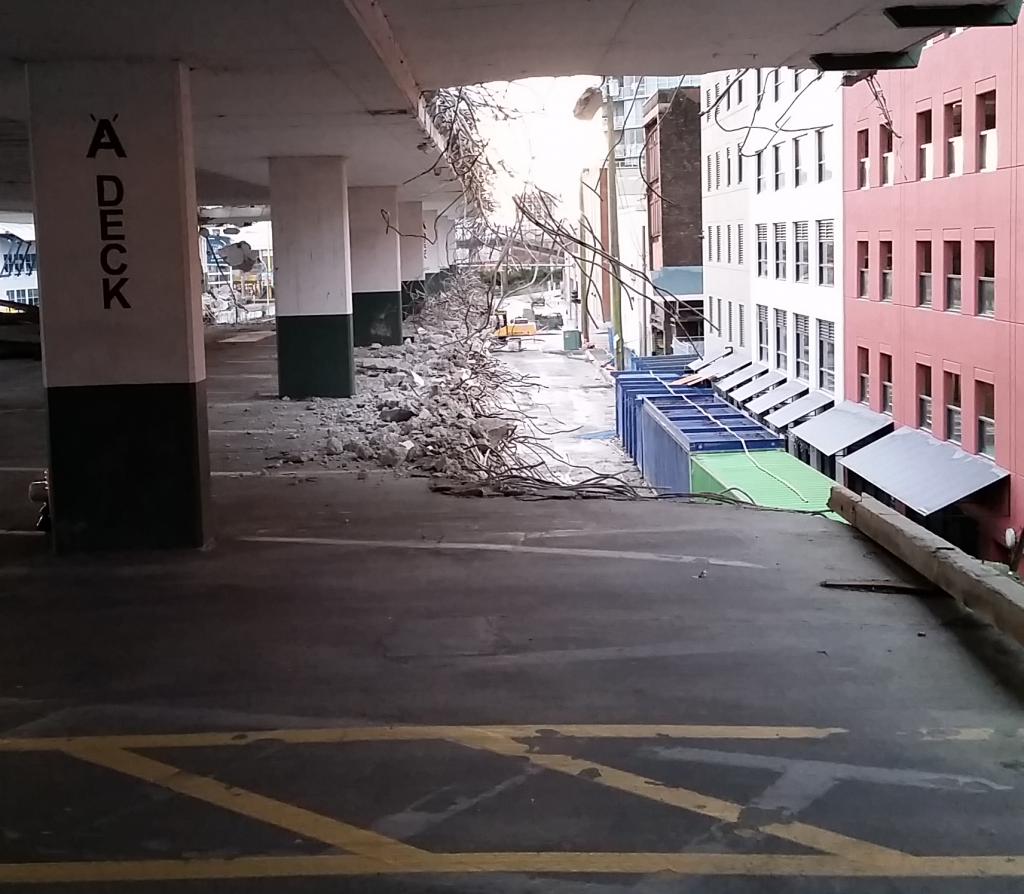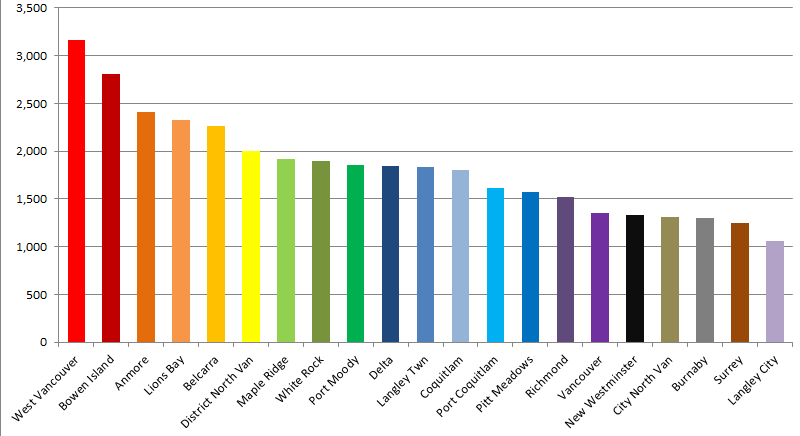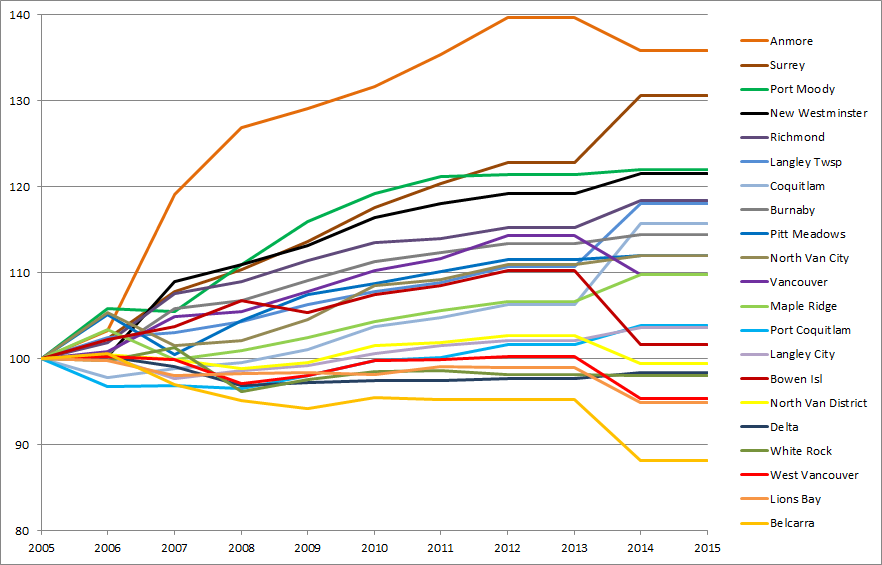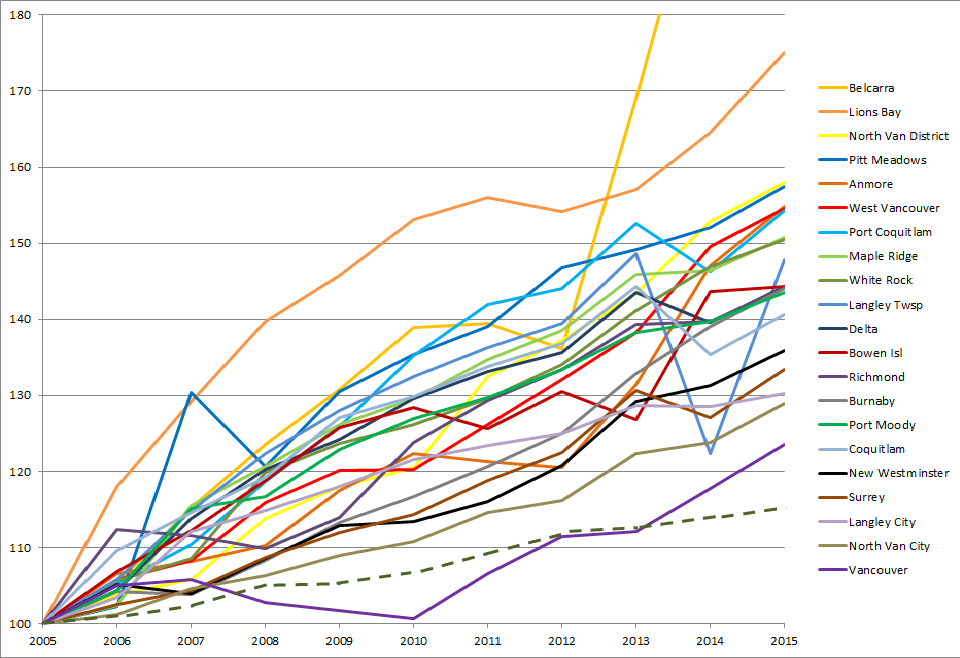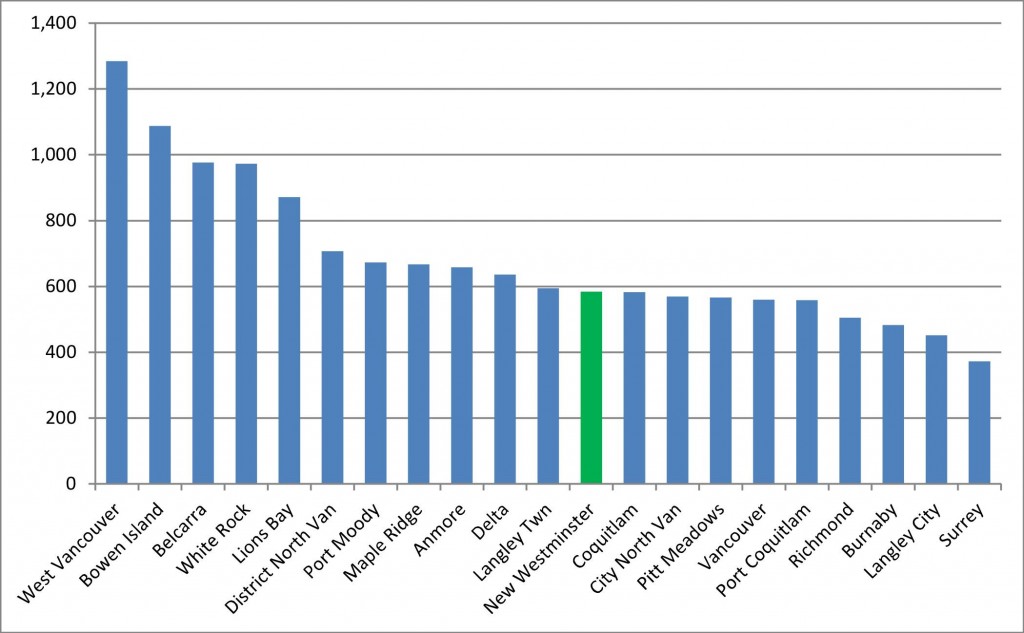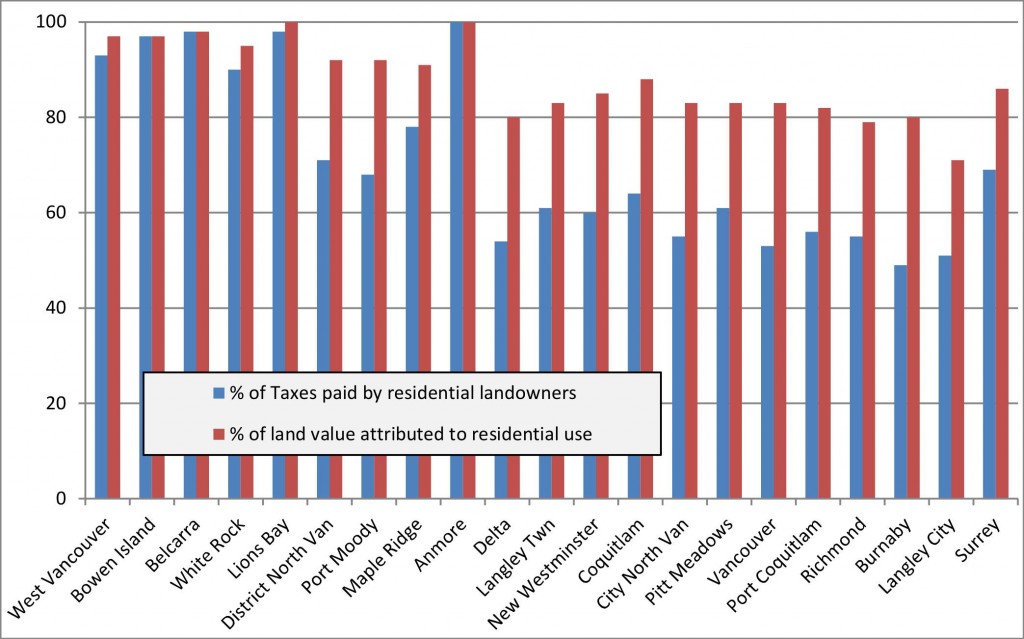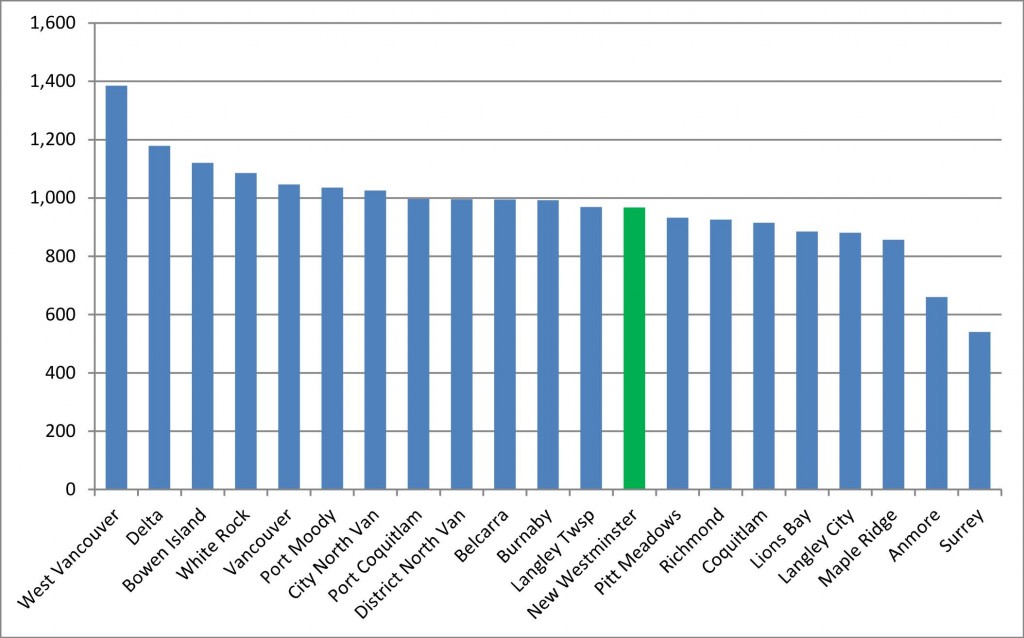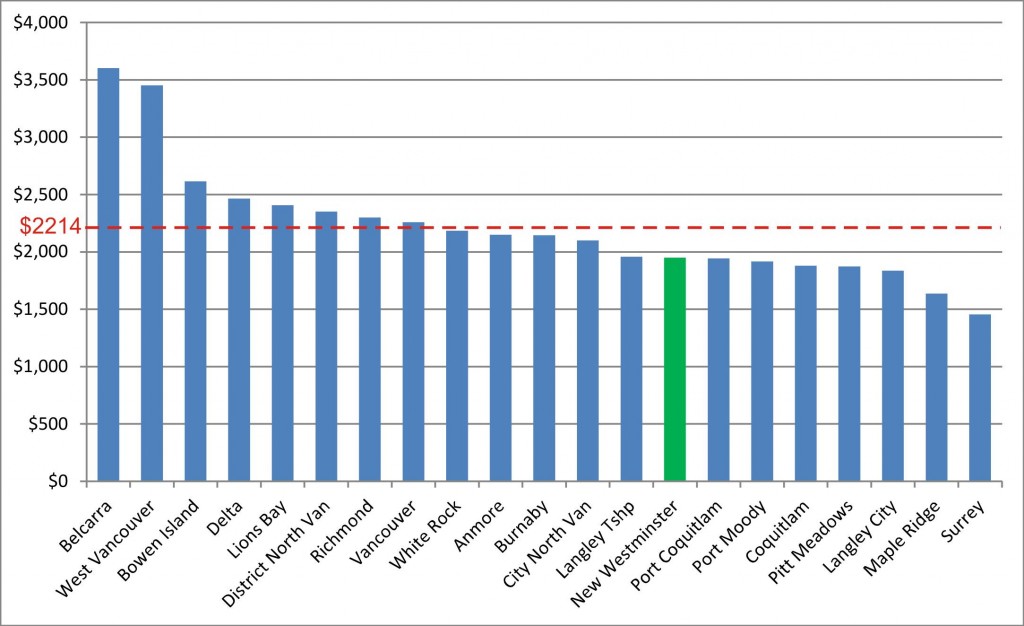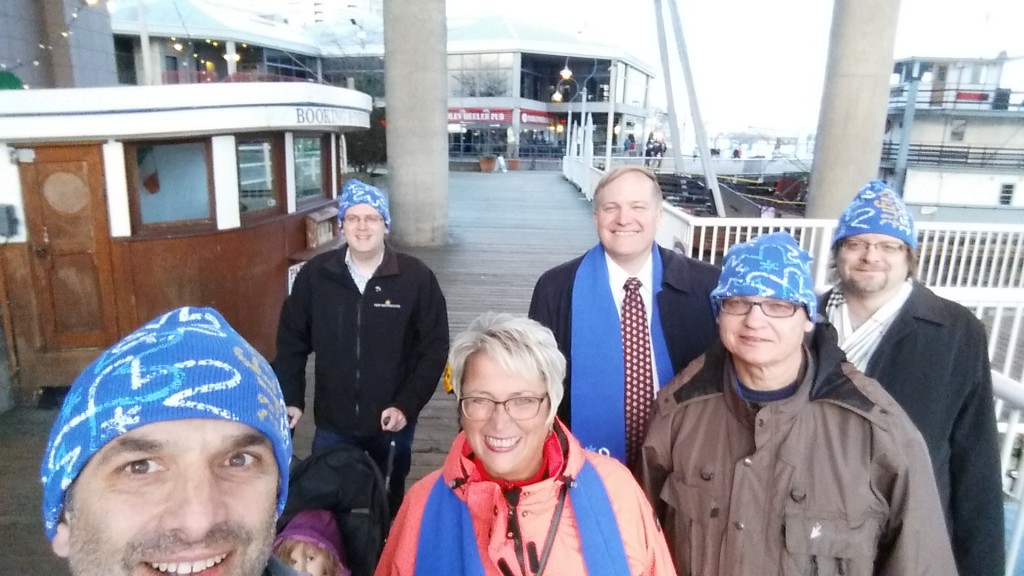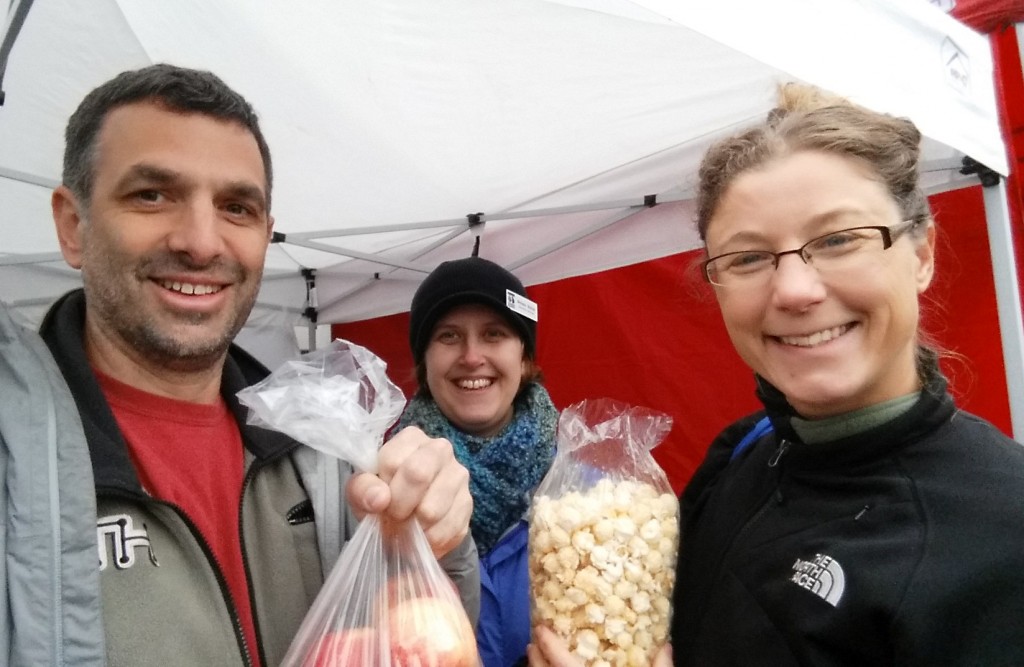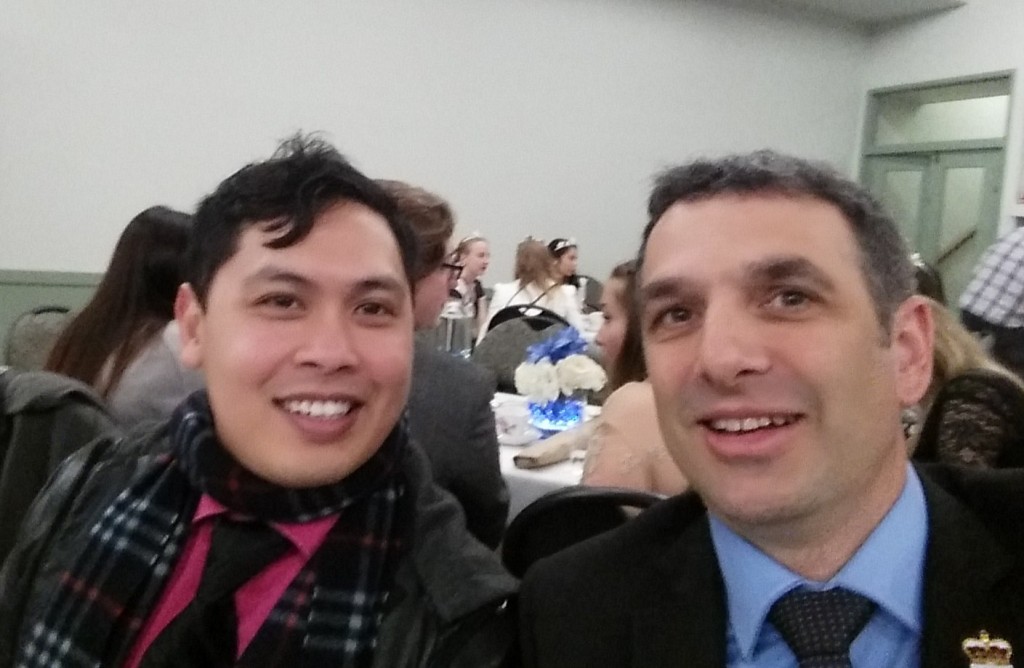I have received a significant amount of positive feedback on the idea of reducing urban speed limits to 30km/h. It hasn’t all been positive, a few people have given reasons why they don’t like the idea, some were even reasonable arguments, but overwhelmingly the people who have bother to contact me about it have provided support.
Then I read the letters section of the Record. I note that social media responses to the Record article were mostly supportive of the idea, but clearly letter writers do not correlate with that trend. Problem is, I’m not sure the letters in opposition to my request had much to do with what I was proposing, leading me to write this retort.
Now, there was a time that I would call a letter writer out and challenge them point-for point, or even write a reply letter dissecting the many ways the writer was wrong, hoping the Record would print it. I would use my humour and other rhetorical techniques to cast my “opponents” ideas in the least flattering light, in an effort to make my ideas (and, by association, myself) look brilliant. Tonight I had beers with a friend arguing that my Blog has lost it’s edge, because I don’t engage in that kind of argument anymore. The problem is, I’m an elected official now, and that removes both the fun from that approach, and the reasoning for it.
Mostly, this is because political rants, much like satire (separating it from other forms of comedy), really only work if the writer is “punching up”. To have a person in a decision-making role like mine dress down a non-politician who is just trying to communicate their ideas to me, is kind of a jerk move. There is an exception here for trolls, agnotologists, and other political opportunists who might bring a dressing-down upon themselves, but that is a pretty rare occasion, and it seems those people avoid me now. Instead, I find myself responding to people who actually want answers to their questions, and (usually) deserve them. So please don’t read this retort as in any way questioning the letter writer’s honest convictions or character. I’m going to try to not be a jerk, while explaining to the writer why I pretty much disagree with her on every point. Wish me luck.
“Let’s get real, Patrick. Drivers don’t care about speed limits – they ignore them now, so how will lowering speeds change that? Curb speed limits – no. Curb speeds – YES”
Well, yes and no. Obviously I care about speed limits, and you care about speed limits, so some drivers care about speed limits. Many drivers respect speed limits, some do not. A few drive like self-entitled idiots, but the majority of the others drive at a speed they self-determine to be safe, based on the speed of the traffic around them and the design of the road. We need to manage all three types differently.
Lowering limits deals with the first and the third: it reduces the average speed (because of people like you and me using the roads and being law-abiding) and it changes how we design and operate our roads. Building a road for 30km/h will feel safe at 30km/h, or (more likely, because of the way we design roads based on 85th percentiles and engineered redundancy) safe at 40km/h. If the limits are set at 50km/h we have to build the roads to be safe at 50km/h (or more likely 60km/h). So reducing the limits is not the complete solution, but it is a big help. For the smaller self-entitled idiot driving group, we need enforcement.
“Curb the voracious appetites of those who spend my precious tax dollars! Instead of wasting my tax dollars on all the rigamarole it will take to change speed limits, use those dollars to lower my taxes (and water, sewer and garbage bills)!”
That is actually my intent, even if I don’t agree with your characterization. The reason the City doesn’t just go ahead and change the speed limits in residential areas is because it would be prohibitively expensive to install the required signage to make it legally defensible, and even then, it is not clear we would be able to enforce a non-statutory limit. We also spend a lot of money in this City paying for the results of people using our residential streets as through-routes, and reducing the speed of that through-traffic both dissuades it, and reduces the cost of it.
“Get the police out there earning some of their salaries and enforce the current speed limits. Use the money all those speeding fines will yield to lower my taxes and policing costs – goodness knows policing is a gluttonous portion of the city’s expenses.”
The problem here is that the first and third clauses rely on the middle clause, and that one is based on a false premise. The City doesn’t get to keep the speeding fines it collects. Those go to the Provincial treasury where they are mixed with other “general revenue”. Some of that money is returned to Cities through a special fund, but the amount a City gets back is not increased based on how many tickets we give out, only by population.
The net result is that every time a Police officer in New Westminster writes a speeding ticket, it costs the City money. It increases your taxes and policing costs. It is not limited to the cost of having the police out there on the street writing tickets instead of doing the other things police do, but it also comes from the paper work the officers have to do when they get back to the station, the scheduling of court time (as everyone has the right to defend themselves in court), the preparation of a court case in the event of a challenge, etc.
We cannot use increased enforcement to lower taxes, and life as a Councillor would be much easier if we could! Indeed, the balancing of those costs against the need for enforcement is one of the more difficult jobs for the Police, for the Police Board, and for Council.
“Need some ideas of the best places to do that? Park zones, especially around Moody Park, where drivers fly, and put our seniors going to Century House and families going to the playgrounds, pool and the new dog park in peril. How about the fly-high ways on Stewardson and McBride? How about a school zone? A number of them are notorious for the speeding.”
While we are at it, I have my own list of places where we need more enforcement. Third Ave in front of my house (natch), or Quayside Drive, or Eighth Ave through Massey Heights, or 12th Street where the London Greenway crosses, or Derwent Way or… the list goes on, and we have a limited number of Police and a limited budget. However, we are both getting away from my original point, which is that Police enforcing a 30km/h speed limit on our residential streets will make our streets safer than police enforcing a 50km/h speed limit. And having them enforce the lower limit will be no more difficult than enforcing the higher one.
As a bonus, the lower limit will better allow us to design and build streets that keep pedestrians safe, and will improve the livability of our front yards and neighbourhoods. And that is my job.
